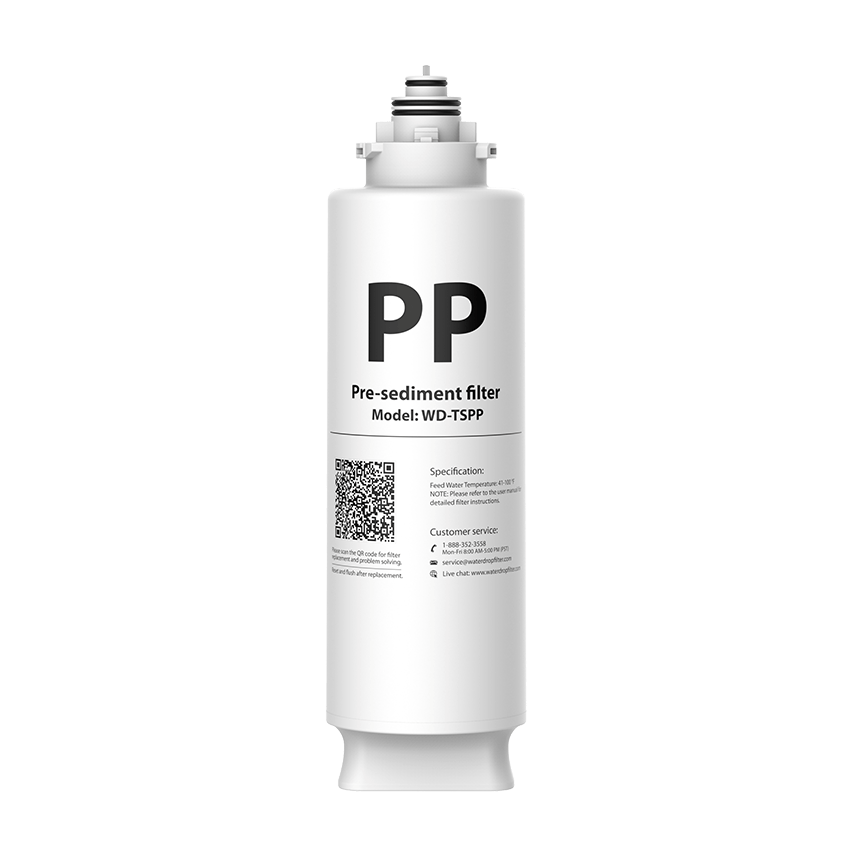How to Remove Chloramine From Water?
by Dr. Jonathan Doyle - Updated January 13, 2025
Chloramine, a disinfectant made by combining chlorine and ammonia, is commonly used by water treatment facilities across Australia to keep drinking water safe from harmful bacteria. However, chloramine has its downsides—it can give water an unpleasant taste or smell and may cause skin irritation for some people. If you’re looking to improve your water quality, understanding how to remove chloramine from water is essential.
In this article, we’ll explore various methods to effectively remove chloramine from your water, why it matters, and how you can ensure your home water supply is clean and safe.
Why Remove Chloramine from Your Water?
Health Concerns Related to Chloramine
While chloramine plays a vital role in disinfecting water, it can cause certain health issues for sensitive individuals. Prolonged exposure to chloramine can result in:
Impacts on Plumbing and Appliances
Chloramine is slightly more corrosive than chlorine, which can damage rubber seals in appliances and cause lead or copper to leach from older pipes. Over time, this may lead to plumbing issues and a metallic taste in your drinking water.
Effect on Aquariums and Gardening
Chloramine is toxic to fish and aquatic life. If you keep a fish tank, removing chloramine from the water is non-negotiable. Similarly, chloramine can harm sensitive plants when used for watering, affecting their growth and health.
How to Remove Chloramine from Water?
Activated Carbon Filters
Activated carbon filters are one of the most effective methods for removing chloramine. These filters use a special carbon medium to absorb and break down chloramine molecules, providing clean and safe drinking water.
Key Benefits:
Installation Tip: Look for filters specifically labeled for “chloramine removal,” as not all carbon filters can handle chloramine effectively.
Vitamin C Dechlorination
Did you know that Vitamin C can neutralize chloramine? Shower filters infused with Vitamin C are becoming increasingly popular, as they provide an eco-friendly way to dechlorinate water for bathing.
Key Benefits:
DIY Tip: You can also add Vitamin C tablets to a bucket of water and let it sit for a few minutes before using it to water plants or fill a fish tank.
Reverse Osmosis (RO) Systems
Removing chloramine from water is essential for better health, improved taste, and protecting your home’s plumbing. While there are several methods, reverse osmosis (RO) systems stand out as the most effective solution for home use. RO systems use a semi-permeable membrane to filter out up to 99% of contaminants, including chloramine, chlorine, heavy metals, and bacteria.
Key Benefits of Reverse Osmosis:
For Australian households, installing an RO system ensures a steady supply of clean water for drinking, cooking, and even pets. Though the initial investment is higher than other methods, the superior filtration and convenience make it the best choice for families looking to remove chloramine and other impurities effectively.
Boiling Water
Boiling water is a simple yet effective way to remove chloramine. However, this method requires more time than boiling to remove chlorine.
Instructions:
1.Boil water for at least 20 minutes to break down chloramine.
2.Let it cool before using for drinking, cooking, or watering plants.
Consideration: Boiling is energy-intensive and not ideal for large quantities of water.
Chloramine Removal for Specific Needs
For Drinking Water
Using a reverse osmosis water purifier is the most effective solution for removing chloramines from drinking water. It not only ensures the removal of chloramines from water, but also removes other chemical contaminants, ensuring safe drinking water in any living scenario, taking care of your family and your own health.
For Showering
Install a Vitamin C or activated carbon shower filter to protect your skin and hair from chloramine exposure.
For Aquariums
Aquarium-specific water conditioners are available at pet stores to neutralize chloramine. These are essential for keeping your aquatic pets safe.
For Gardening
Let tap water sit in an open container for 24–48 hours to allow chloramine to dissipate naturally before using it to water plants. Adding a pinch of Vitamin C powder can speed up the process.
How to Choose the Right Water Filtration System?
When selecting a water filtration system, consider the following factors:
Final Thoughts
Removing chloramine from water is crucial for improving water quality and protecting your health, home, and environment. Whether you opt for activated carbon filters, reverse osmosis systems, or simple boiling, there’s a method suited to every household’s needs.
By taking these steps, you can enjoy fresher, cleaner water and eliminate any potential risks associated with chloramine exposure. Choose a method that works best for you and experience the difference in your daily life.
Contaminants Detected in Fruitland Water Special Service District
30
Contaminants
EXCEED EWG HEALTH GUIDELINES
EXCEED EWG HEALTH GUIDELINES
30 Total Contaminants in Your Water
Water Provider
Fruitland Water Special Service DistrictPopulation Affected
120,000Water Source
Ground waterExceeds Guidelines
Others Detected















